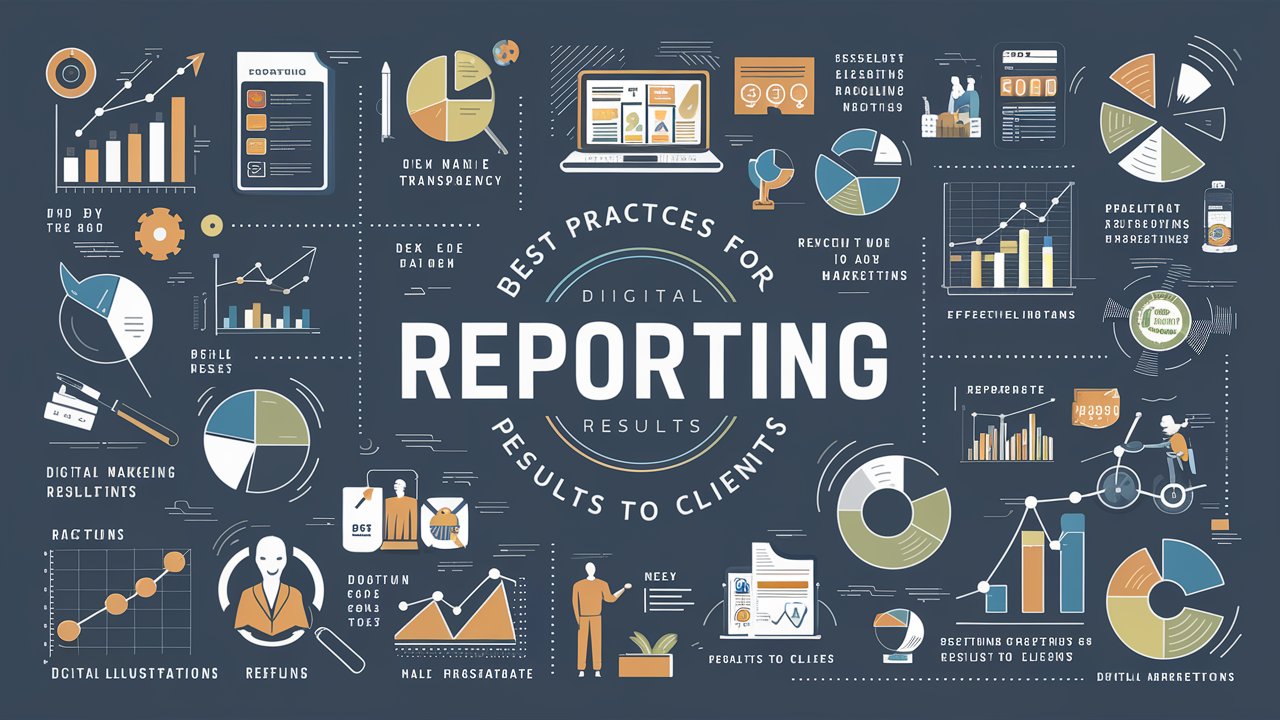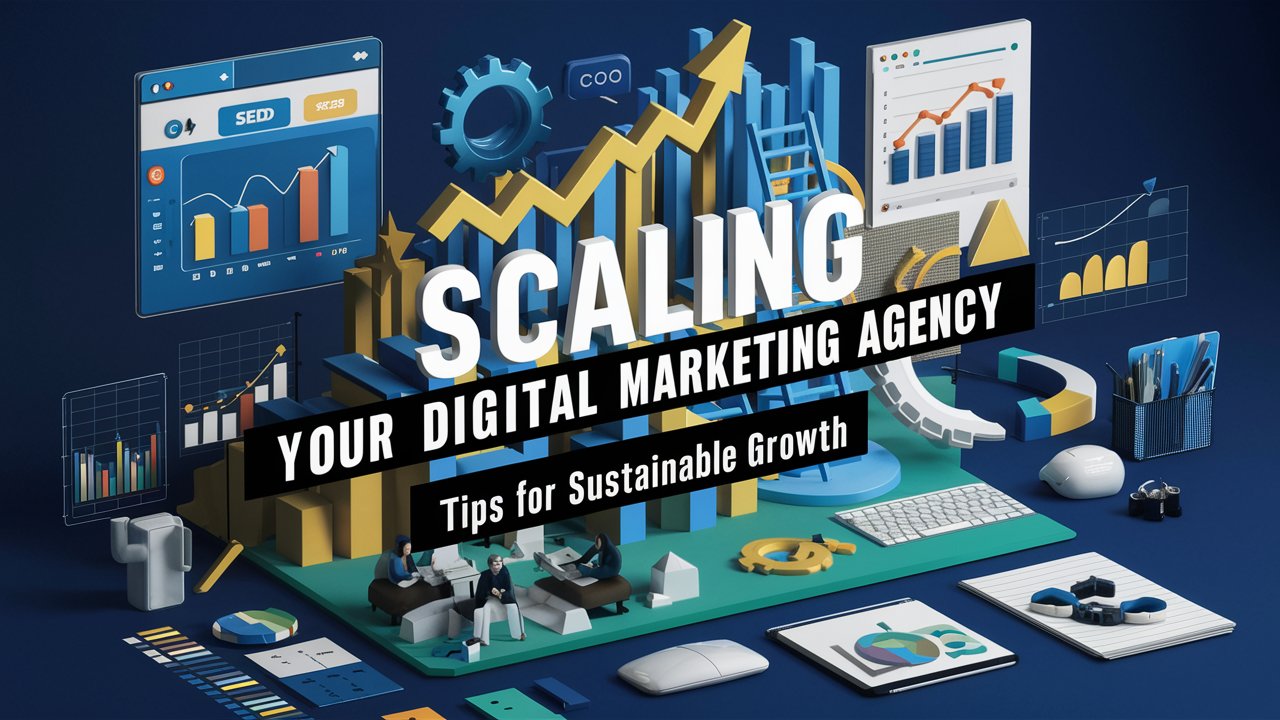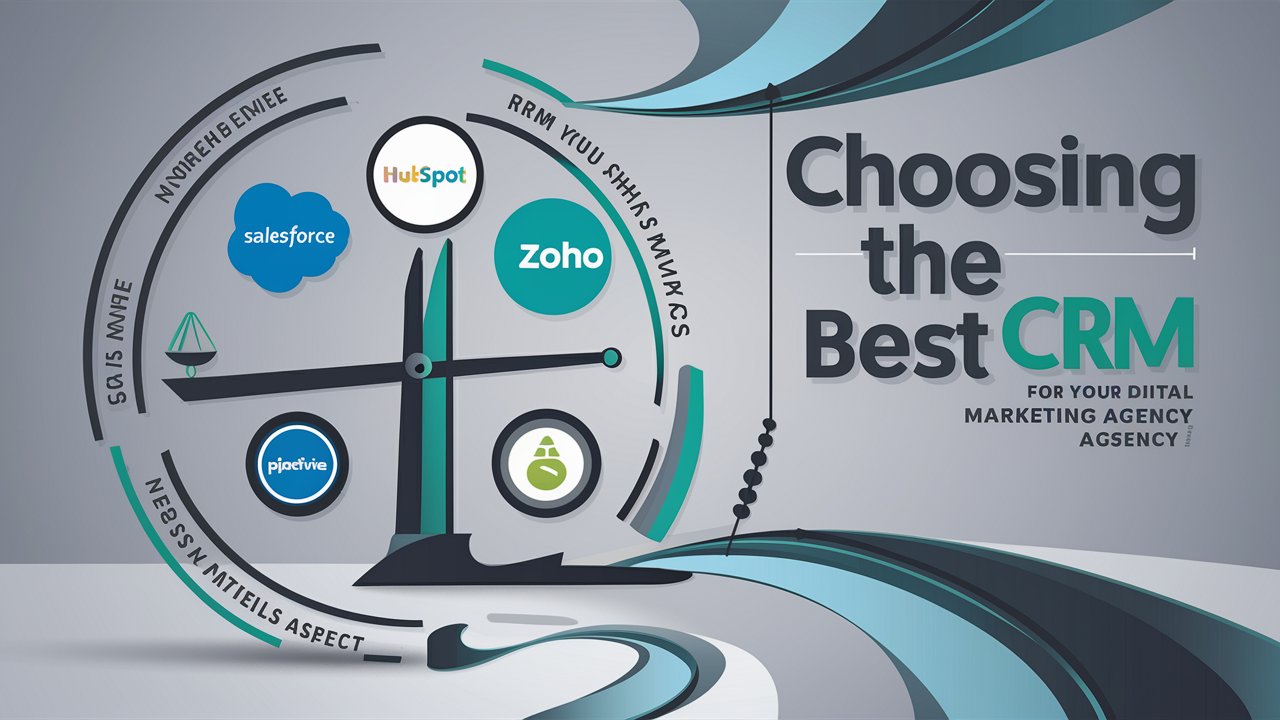In 2024, video marketing has become an indispensable tool for digital marketing agencies aiming to capture attention, engage audiences, and drive conversions. As consumer preferences shift and digital landscapes evolve, incorporating video into your marketing strategies is no longer optional but essential. This guide explores why video marketing is crucial for digital marketing agencies and provides actionable tips on how to effectively integrate video into your client strategies.
1. The Rising Importance of Video Marketing
Keyword: Importance of Video Marketing for Agencies
Video marketing has seen exponential growth and is increasingly becoming a preferred content format for consumers. Here’s why it’s essential for digital marketing agencies:
- Increased Engagement: Videos capture attention more effectively than text or images. According to HubSpot, video content is shared 1,200% more than text and images combined.
- Higher Conversion Rates: Videos can boost conversions by up to 80%. Engaging and informative videos can persuade viewers to take action, whether it’s signing up for a newsletter or making a purchase.
- Improved SEO Rankings: Search engines favor websites with video content. Incorporating videos can enhance your SEO efforts by increasing dwell time and reducing bounce rates.
Example Statistic: “Brands that use video marketing see 66% more qualified leads per year and a 54% increase in brand awareness.” (Source: OptinMonster)
2. Understanding Your Audience’s Preferences
Keyword: Audience Preferences for Video Marketing
To effectively use video marketing, it’s crucial to understand your target audience’s preferences and behaviors.
- Demographics: Consider age, gender, and interests. Younger audiences may prefer short, engaging videos, while professionals might value in-depth, educational content.
- Platform Preferences: Different platforms cater to different types of video content. For instance, Instagram and TikTok are ideal for short-form videos, while YouTube and LinkedIn are better suited for longer, more detailed content.
- Content Consumption: Analyze how your audience consumes video content. Are they more inclined to watch videos on mobile devices or desktops? Tailor your video strategy accordingly.
Example Insight: “62% of consumers prefer watching product videos over reading text, highlighting the need for video content in your marketing strategy.” (Source: Wyzowl)
3. Types of Videos to Incorporate into Client Strategies
Keyword: Types of Videos for Agencies
Incorporating a variety of video types can help address different marketing objectives and engage your audience effectively.
- Explainer Videos: Simplify complex products or services with short, engaging explainer videos. These are effective for introducing new services or features.
- Client Testimonials: Showcase client success stories and testimonials to build credibility and trust. Authentic reviews from satisfied clients can significantly influence potential leads.
- Tutorials and How-To Videos: Provide value by creating educational content that solves common problems or demonstrates the use of your products or services.
- Live Videos: Engage your audience in real-time through live streaming events, Q&A sessions, or behind-the-scenes looks at your agency.
Example Video Type: “A well-crafted explainer video increased our client’s website engagement by 40% and led to a 25% increase in lead generation.”
4. Best Practices for Creating Effective Videos
Keyword: Best Practices for Video Marketing for Agencies
Creating high-quality, effective videos involves more than just filming and editing. Follow these best practices to maximize impact:
- Keep It Concise: Aim for videos that are clear and to the point. Attention spans are short, so make sure your message is communicated quickly and effectively.
- Focus on Quality: Invest in good equipment and professional editing to ensure your videos look and sound polished. Poor-quality videos can detract from your message and brand.
- Optimize for SEO: Use relevant keywords in your video titles, descriptions, and tags. Include a compelling thumbnail and a strong call-to-action (CTA) to drive engagement and conversions.
- Include Subtitles: Adding subtitles makes your videos more accessible and ensures that your message is conveyed even if the viewer is watching without sound.
Example Best Practice: “Videos with a clear CTA and high production quality see a 20% increase in click-through rates compared to those without.”
5. Measuring the Success of Your Video Marketing Efforts
Keyword: Measuring Video Marketing Success for Agencies
Tracking and analyzing video performance is essential to understand its impact and refine your strategy.
- Key Metrics: Monitor metrics such as view count, watch time, engagement rate (likes, comments, shares), and conversion rate to gauge effectiveness.
- Audience Feedback: Pay attention to viewer comments and feedback to gain insights into what resonates with your audience and what needs improvement.
- A/B Testing: Experiment with different video formats, lengths, and CTAs to identify what works best for your audience.
Example Metric: “Tracking engagement metrics revealed that videos with interactive elements had a 30% higher viewer retention rate.”
6. Integrating Video into Your Overall Marketing Strategy
Keyword: Integrating Video into Marketing Strategy for Agencies
To maximize the benefits of video marketing, integrate it seamlessly into your broader marketing strategy.
- Cross-Promote: Share your videos across multiple platforms, including your website, social media, email campaigns, and paid ads. Ensure consistent messaging and branding.
- Repurpose Content: Transform existing content into video format. For example, turn a popular blog post into a video summary or create a video series based on frequently asked questions.
- Leverage Data: Use insights from your video performance metrics to adjust your overall marketing strategy. Focus on what drives the most engagement and conversions.
Example Integration: “Repurposing blog content into video format resulted in a 50% increase in social media engagement and a 20% boost in website traffic.”
7. Addressing Common Challenges in Video Marketing
Keyword: Challenges in Video Marketing for Agencies
While video marketing offers numerous benefits, agencies may face challenges in implementation. Here’s how to address common issues:
- Budget Constraints: If budget is a concern, start with simple videos or use in-house resources. Invest in quality production as your video marketing efforts grow.
- Time Management: Developing and producing videos can be time-consuming. Plan and schedule your video content in advance to ensure consistent output.
- Technical Issues: Ensure you have the necessary technical skills and tools for video creation. Consider training or partnering with professionals if needed.
Example Challenge: “Addressing budget constraints by starting with basic video content led to successful campaigns and provided valuable insights for future investments.”
Conclusion
Video marketing is no longer a trend but a fundamental component of a successful digital marketing strategy. For digital marketing agencies in 2024, leveraging video can enhance engagement, drive conversions, and strengthen client relationships. By understanding audience preferences, creating high-quality content, and measuring success, you can effectively integrate video into your client strategies and achieve outstanding results.
Call to Action
Ready to elevate your video marketing strategy? Contact us today to explore how we can help you create compelling video content that drives results for your digital marketing agency!








